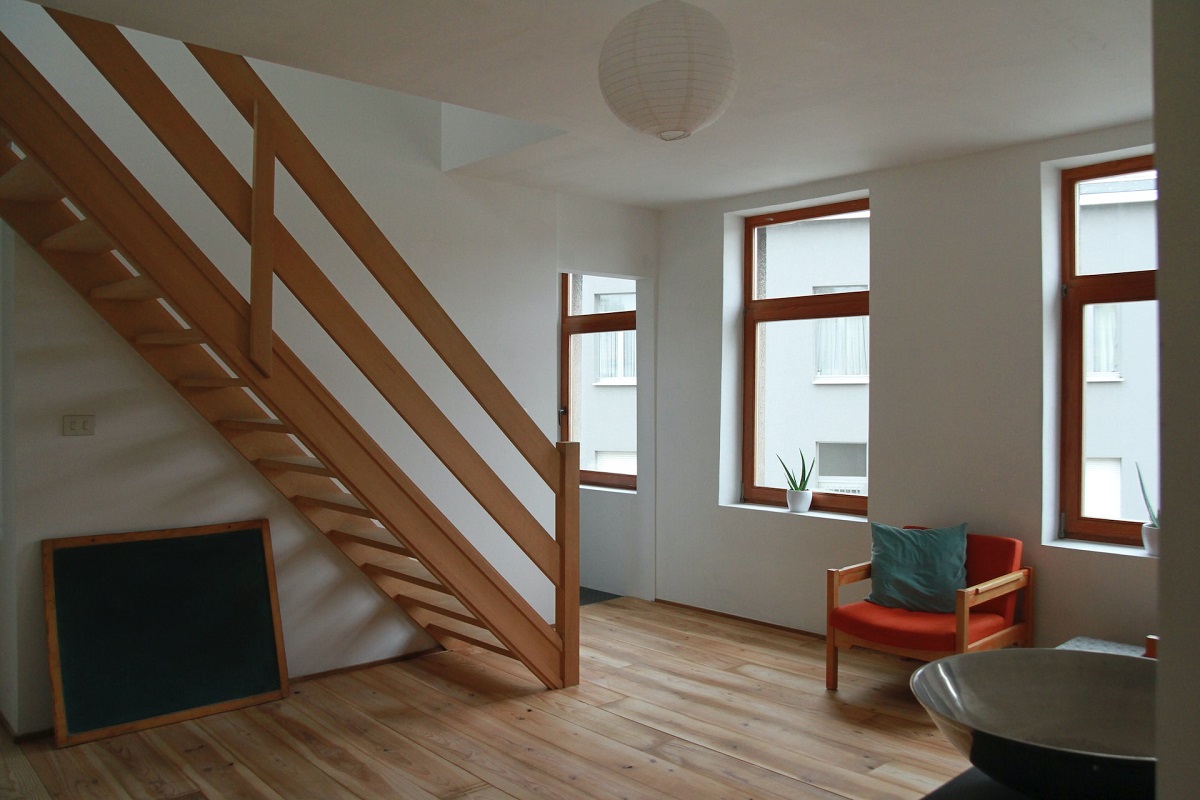

Articles
Who Invented The Stairs
Modified: October 20, 2024
Discover the fascinating history of the invention of stairs in this informative article. Explore how stairs have evolved over time and who can be credited with their creation.
(Many of the links in this article redirect to a specific reviewed product. Your purchase of these products through affiliate links helps to generate commission for Storables.com, at no extra cost. Learn more)
Introduction
Staircases have been an integral part of architectural design for centuries. They serve not only as a means of vertical movement but also hold aesthetic value, enhancing the overall appeal of a structure. However, have you ever wondered who actually invented stairs? While the exact origin of stairs is unclear, their existence dates back to ancient times.
Throughout history, various civilizations have contributed to the development and evolution of staircase design. From simple stone steps to elaborate and intricate spiral staircases, the concept of stairs has undergone significant transformations. In this article, we will explore the early forms of staircases, ancient innovations, and advancements in staircase design.
Join us as we journey through time to uncover the fascinating story behind this fundamental architectural element.
Key Takeaways:
- Staircases have evolved from ancient civilizations to modern times, showcasing the fusion of functionality and artistic expression, reflecting the progress of architecture and human creativity.
- From the grandeur of Renaissance staircases to the sleek innovation of contemporary designs, staircases continue to captivate and inspire, serving as architectural focal points that elevate the beauty of spaces.
Read more: Who Invented Countertops
Early Forms of Staircases
The earliest forms of stairs can be traced back to ancient civilizations such as the Egyptians and Mesopotamians. In these early cultures, stairs were predominantly constructed using simple materials such as wood, stone, or mud. People would carve steps into hills or mountainsides to create pathways for easier ascent and descent.
In ancient Egypt, pyramids were constructed with grand staircases leading to their entrances. These stairs were often wide and gentle in slope, allowing for easy access for priests, pharaohs, and other dignitaries. The Mesopotamians, on the other hand, built ziggurats, which were large stepped structures used for religious purposes. The steps of ziggurats were typically made of baked clay and were narrow and steep.
As civilizations progressed, staircases evolved to become more sophisticated. The Romans, for instance, made significant contributions to staircase design. They created the first spiral stairs, which were not only functional but also added an element of elegance to their structures. The spiral stairs would wind around a central column, allowing for a compact design while providing easy access to different levels of a building.
Another notable early staircase design is the monumental staircase, known as the “stairway to heaven,” in the Mesoamerican city of Chichen Itza. This impressive staircase consists of 91 steps on each side, with a platform at the top. Each step is precisely constructed, with a height and width designed for comfortable climbing.
These early forms of staircases laid the foundation for future innovations in staircase design. The simplicity and functionality of these ancient stairs continue to influence modern architectural concepts and inspire architects and designers around the world.
Ancient Innovations in Staircase Design
Ancient civilizations were pioneers in developing innovative staircase designs that showcased both functionality and artistic craftsmanship. One remarkable example is the step pyramid of Djoser, located in Saqqara, Egypt. Built during the 27th century BCE, this architectural marvel featured a series of terraced levels stacked on top of each other, creating a stepped pyramid shape. The staircase within the pyramid allowed access to the upper levels, demonstrating early ingenuity in vertical movement.
Another notable innovation in staircase design can be seen in the ancient city of Mohenjo-daro, located in present-day Pakistan. Dating back to around 2500 BCE, the city’s well-planned streets and buildings showcased advanced urban planning techniques for the time. The structures featured stepped wells, which served as a water supply system. The steps not only provided a means to access the water but also added aesthetic appeal to the architectural landscape.
The Greeks also made significant contributions to staircase design through their iconic use of marble and stone. The Greeks introduced the concept of the grand staircase, which emphasized grandeur and elegance. One outstanding example is the Propylaea, the monumental entrance to the Acropolis in Athens. The Propylaea incorporated a grand staircase with carefully proportioned steps, leading visitors to the sacred site of the Parthenon.
Ancient Rome witnessed the development of various staircase styles, including the aforementioned spiral staircases. The Romans also introduced the concept of split-level stairs, which allowed for easier climbing by dividing the steps into smaller sections. This innovation in staircase design ensured a more comfortable ascent and descent in grand buildings and amphitheaters.
One fascinating ancient stair design is found in the Inca civilization’s architectural wonders, such as Machu Picchu in Peru. Here, the Incas utilized vast stones and constructed steep, carved steps known as “llama steps.” These stairs were molded into the mountainside, creating a seamless integration between the natural landscape and human-built structures.
These ancient innovations in staircase design highlight the creativity and practicality of early civilizations. Their contributions not only laid the groundwork for future advancements but also displayed a deep understanding of architecture and its seamless integration with the surrounding environment.
Medieval Staircases
The medieval period was characterized by a unique architectural style that influenced the design of staircases. During this time, castles, cathedrals, and manor houses were constructed with a strong focus on fortification, leading to the development of spiral staircases and defensive features.
Spiral staircases became increasingly popular during the medieval period due to their compact design and defensive capabilities. These staircases were often constructed within towers, allowing defenders to easily ascend and descend while making it difficult for attackers to navigate. The spiral shape provided a strategic advantage, as it limited visibility and offered a natural chokepoint for defense.
Examples of medieval spiral staircases can be seen in structures such as the Tower of London in England and the Château de Chillon in Switzerland. The Tower of London boasts a winding stone spiral staircase known as the Wakefield Tower Stair, which has been in use for centuries. Similarly, the Château de Chillon features a spiral staircase that winds through its medieval fortifications, leading visitors to various levels and chambers.
During the medieval era, staircases also played a significant role in ecclesiastical architecture. Cathedrals and churches often featured grand staircases that led to elevated areas, such as the choir or the pulpit. The steps were designed to symbolize the ascent to spiritual enlightenment and were often adorned with intricate carvings and religious motifs.
An excellent example of a medieval cathedral staircase is the one found in Chartres Cathedral in France. The staircase, known as the “Ambulatory Stairs,” leads to the ambulatory, a passageway behind the high altar. The steps feature exquisite craftsmanship and are decorated with ornate sculptures, showcasing the skill and artistry of medieval stonemasons.
Medieval staircases were not just functional; they were also architectural statements, reflecting the social status and power of the ruling class. The width of the stairs, the use of expensive materials, and the incorporation of elaborate decorations were all indicators of wealth and prestige.
Medieval staircases stand as a testament to the architectural ingenuity and historical significance of the era. They continue to captivate and inspire us with their intricate design and timeless allure.
The concept of stairs has been around for thousands of years, with evidence of early staircases found in ancient civilizations such as Egypt and Mesopotamia. However, it is difficult to attribute the invention of stairs to a single individual, as they likely developed independently in various cultures.
Renaissance and Baroque Stairs
The Renaissance and Baroque periods marked a significant shift in architectural style, which had a profound impact on staircase design. During these periods, there was a renewed interest in classical art and architecture, resulting in grand and extravagant staircases.
Renaissance staircases drew inspiration from ancient Greek and Roman architecture, incorporating elements such as balustrades, columns, and ornate decorations. These staircases were characterized by their symmetrical design and harmonious proportions. One prime example is the grand staircase of the Palazzo Medici Riccardi in Florence, Italy. Designed by Michelangelo, this staircase features a grandeur that reflects the wealth and artistic vision of the Medici family.
As the Baroque era emerged, staircase design became even more elaborate and ornamental. Baroque staircases were characterized by their opulence, drama, and intricate detailing. These staircases often featured sweeping curves, grand balustrades, and richly decorated ceilings and walls.
One famous Baroque staircase is the grand staircase of the Palace of Versailles in France. Designed by architect Jules Hardouin-Mansart, this double-revolution staircase is a masterpiece of opulence and grandeur. The staircase features intricate marble and bronze decorations, along with stunning frescoes painted by Charles Le Brun.
Another notable Baroque staircase can be found in the Würzburg Residence in Germany. The Imperial Staircase, designed by Balthasar Neumann, exemplifies the grandeur of the Baroque style. With its sweeping curves, elaborate ceiling frescoes, and ornate decorations, this staircase is a testament to the artistic skill and craftsmanship of the time.
Renaissance and Baroque staircases were not only architectural marvels but also served as a symbol of power, wealth, and artistic expression. They were designed to impress and awe visitors, representing the grandeur and ambition of the ruling class.
These magnificent staircases continue to leave a lasting impression on us, showcasing the innovation and artistic achievements of the Renaissance and Baroque periods.
Read more: Who Invented CAD
Industrial Revolution and Modern Staircases
The Industrial Revolution brought about significant changes in society, technology, and architecture, which influenced the design and construction of staircases. With advancements in materials, engineering, and manufacturing, staircases became more efficient, structurally sound, and adaptable to the changing needs of a rapidly evolving world.
During the Industrial Revolution, iron and steel became widely available, leading to the introduction of iron staircases. Cast iron and wrought iron allowed for the creation of intricate designs and ornamental details. Iron spiral staircases, in particular, gained popularity due to their versatility and durability.
One iconic example of an iron staircase from this era is the Eiffel Tower in Paris. Designed by engineer Gustave Eiffel, the tower features a stunning spiral staircase made of wrought iron. This unique staircase not only serves as a functional element for maintenance but also adds to the architectural beauty of the structure.
As modern architectural styles emerged, staircases began to reflect the principles of simplicity, minimalism, and functionality. Modern staircases became sleek and streamlined, often made of materials such as glass, concrete, or wood.
One notable modern staircase design is the double helix staircase in the Solomon R. Guggenheim Museum in New York. Designed by Frank Lloyd Wright, this spiral staircase features a continuous flowing curve that seamlessly connects the different levels of the museum. The design not only enhances circulation but also adds an artistic element to the space.
Contemporary staircase design continues to push the boundaries of innovation and creativity. Architects and designers now have access to advanced materials, technological advancements, and computer-aided design tools, which allow for the creation of visually striking and structurally innovative staircases.
One remarkable example of contemporary staircase design is the staircase in the Apple Store on Fifth Avenue in New York City. The staircase, designed by architect Peter Bohlin, is made of a single piece of glass, giving it a transparent and weightless appearance. This staircase showcases the intersection of technology and design, embodying the ethos of Apple’s innovative brand.
The industrial revolution and modern era have revolutionized staircase design, blending function and aesthetics. Staircases have become a reflection of the architectural styles and technological advancements of their time.
Contemporary Stairs
In the world of architecture and design, contemporary staircases represent the cutting edge of innovation and creativity. These stairs go beyond mere functionality, becoming statement pieces that elevate the overall aesthetic and functionality of a space.
Contemporary staircases often feature clean lines, geometric shapes, and a combination of different materials such as glass, metal, and wood. They are designed to be visually striking, while also considering factors such as safety, accessibility, and sustainability.
One popular contemporary staircase design is the floating staircase. This design creates the illusion of a staircase that is suspended in mid-air, with each step seemingly unsupported. The use of glass or transparent materials enhances the floating effect, giving a sense of lightness and openness to the space.
The cantilevered staircase is another innovative contemporary design. These stairs are supported by a structure on only one side, allowing each step to appear as if it is floating in space. Cantilevered staircases are both visually captivating and efficient in terms of space utilization.
Contemporary staircases also incorporate technology to enhance their functionality and aesthetic appeal. LED lighting, for example, can be integrated into the steps or handrails, creating a visually stunning effect while also providing illumination and safety.
Another trend in contemporary staircase design is the use of organic and natural materials. Wooden staircases, particularly those made from sustainably sourced timber, offer warmth and a connection to nature. Designs may showcase the natural grain and textures of the wood, further enhancing the overall aesthetic appeal of the staircase.
Contemporary staircases are not limited to residential spaces. They also find their place in commercial buildings, museums, and public spaces. These stairs aim to create a memorable experience for visitors while seamlessly integrating with the overall design and functionality of the space.
As sustainability becomes increasingly important in architecture and design, contemporary staircases incorporate eco-friendly materials and energy-efficient features. From using recycled materials to designing staircases that promote natural ventilation and daylighting, sustainability is a key consideration in contemporary staircase design.
Contemporary staircases exemplify the fusion of art, design, and engineering. They are a reflection of the creative minds pushing boundaries and exploring new possibilities. Whether grand and awe-inspiring or minimalistic and sleek, contemporary staircases continue to captivate and inspire with their unique and visionary designs.
Conclusion
Throughout history, staircases have evolved from basic functional structures to architectural wonders that hold both practical and aesthetic value. From the ancient civilizations who carved steps into hillsides to the grand spiral staircases of the Renaissance, each era has left its mark on staircase design.
The early forms of stairs in ancient civilizations paved the way for innovations such as spiral staircases, monumental stairways, and split-level stairs. These designs demonstrated the ingenuity of early architects and their ability to adapt staircases to fit the specific needs of their time.
The Medieval period introduced spiral staircases as defensive features within fortifications, showcasing the fusion of architecture and military strategy. The Renaissance and Baroque periods saw the rise of grand and ornate staircases as symbols of prestige and power, while the Industrial Revolution led to the use of iron and steel for structural stability and versatility.
Modern and contemporary staircase design emphasizes minimalism, functionality, and innovation. From floating staircases to cantilevered designs, these staircases blend form and function, creating visually stunning focal points in both residential and commercial spaces.
From the ancient wonders of the world to the iconic architectural masterpieces of today, staircases have played a vital role in human history and architectural development. Their evolution reflects the progress of civilizations, advances in construction techniques, and the creative minds of architects and designers.
Whether it’s the grandeur of Renaissance staircases or the sleek simplicity of contemporary designs, staircases continue to capture our imagination and enhance the beauty of the spaces they inhabit. They are not merely means of vertical movement, but expressions of craftsmanship, innovation, and the human desire to explore and ascend.
As we continue to push the boundaries of architecture and design, we can expect staircases to evolve and surprise us with new forms, materials, and technologies. The story of stairs is ongoing, and we eagerly await the next chapter in their rich and fascinating history.
Frequently Asked Questions about Who Invented The Stairs
Was this page helpful?
At Storables.com, we guarantee accurate and reliable information. Our content, validated by Expert Board Contributors, is crafted following stringent Editorial Policies. We're committed to providing you with well-researched, expert-backed insights for all your informational needs.
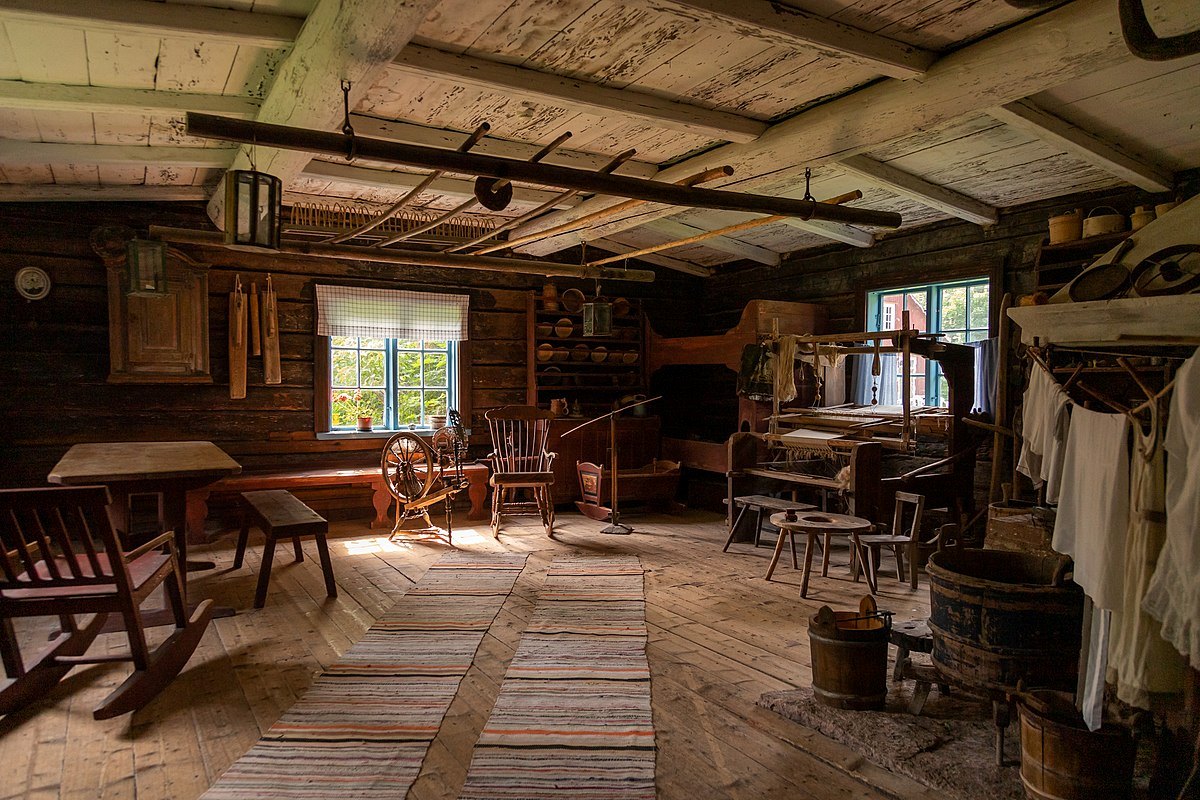
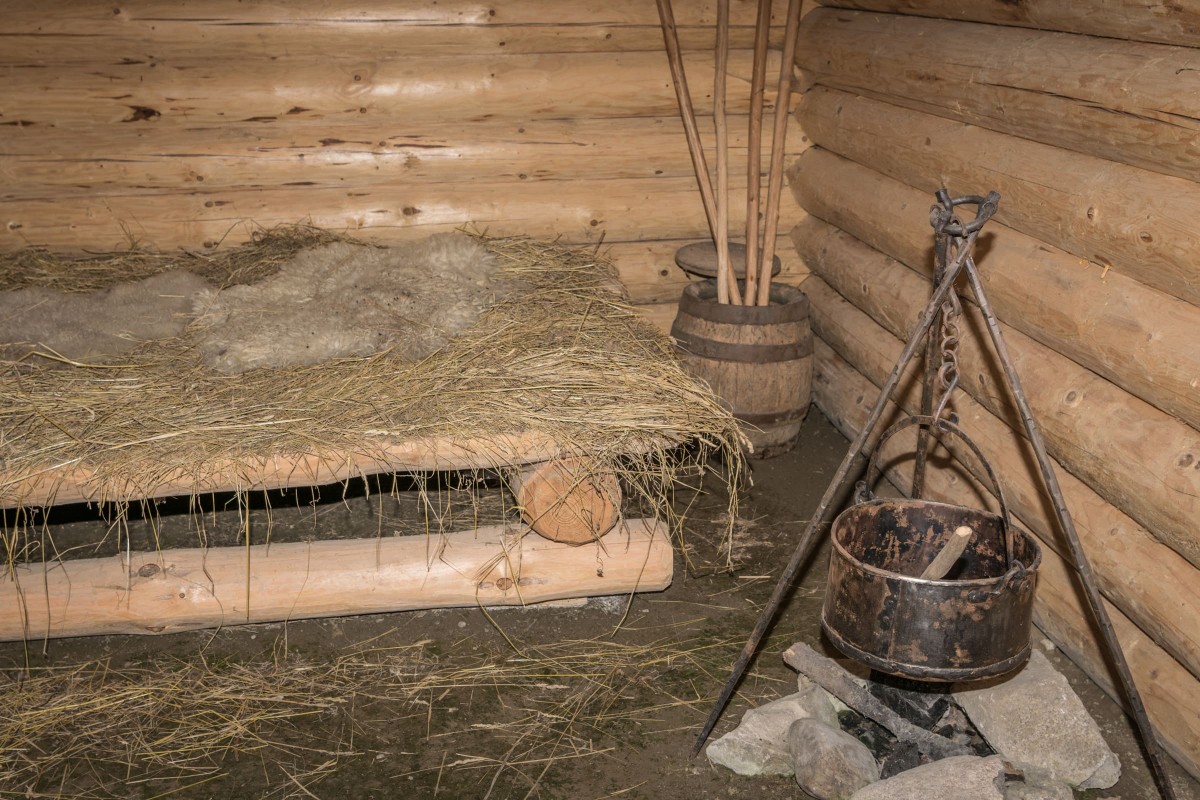







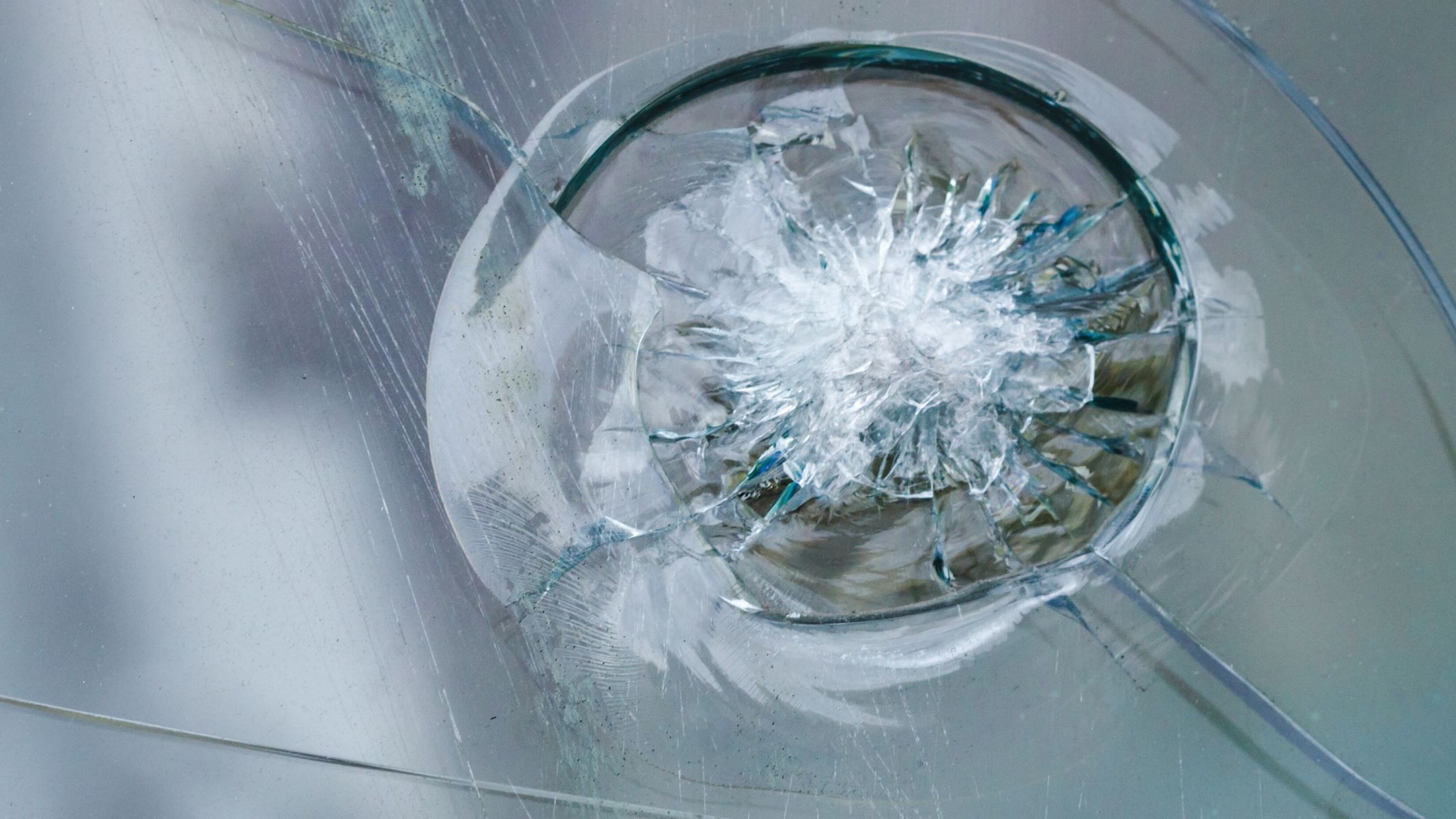



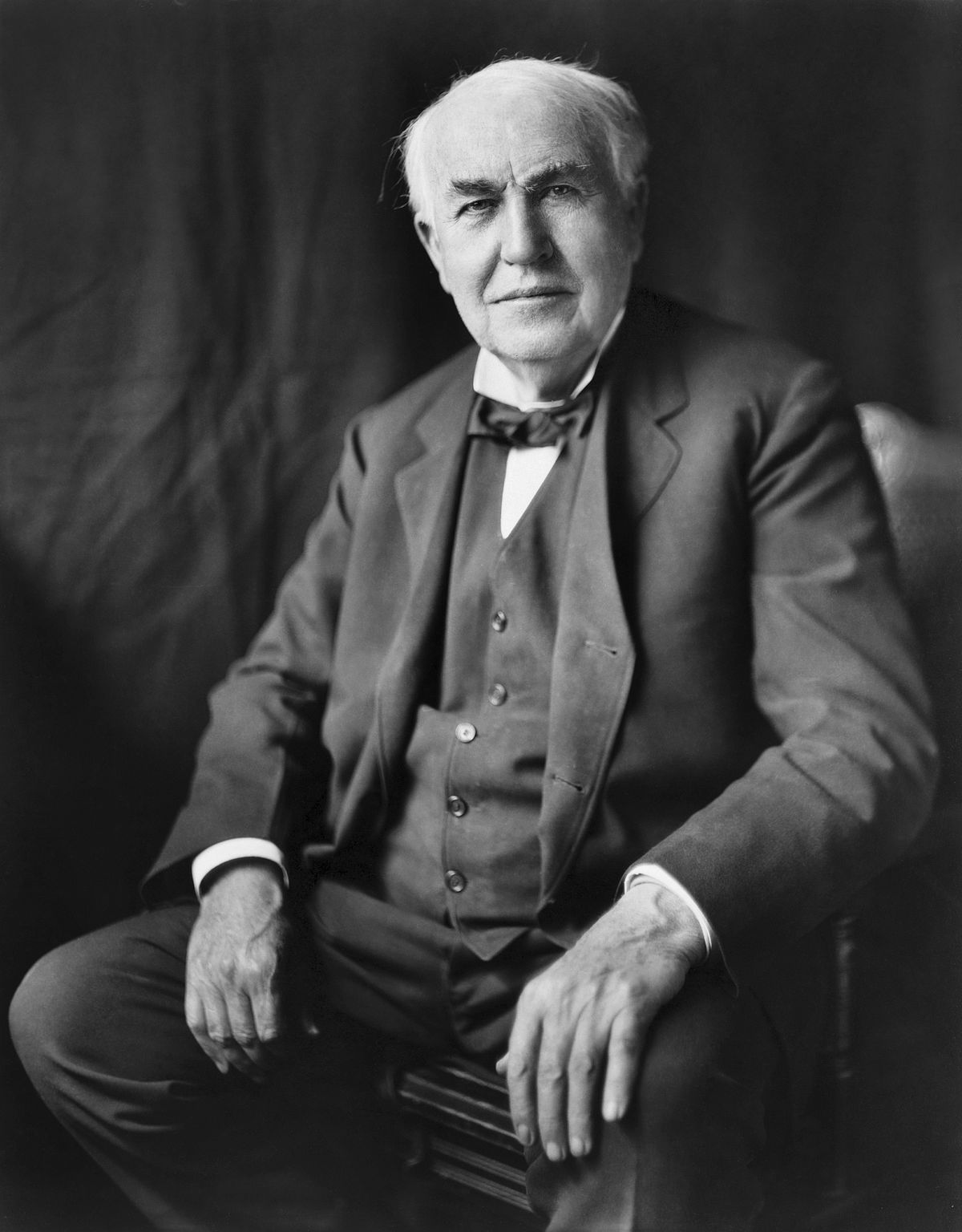

0 thoughts on “Who Invented The Stairs”